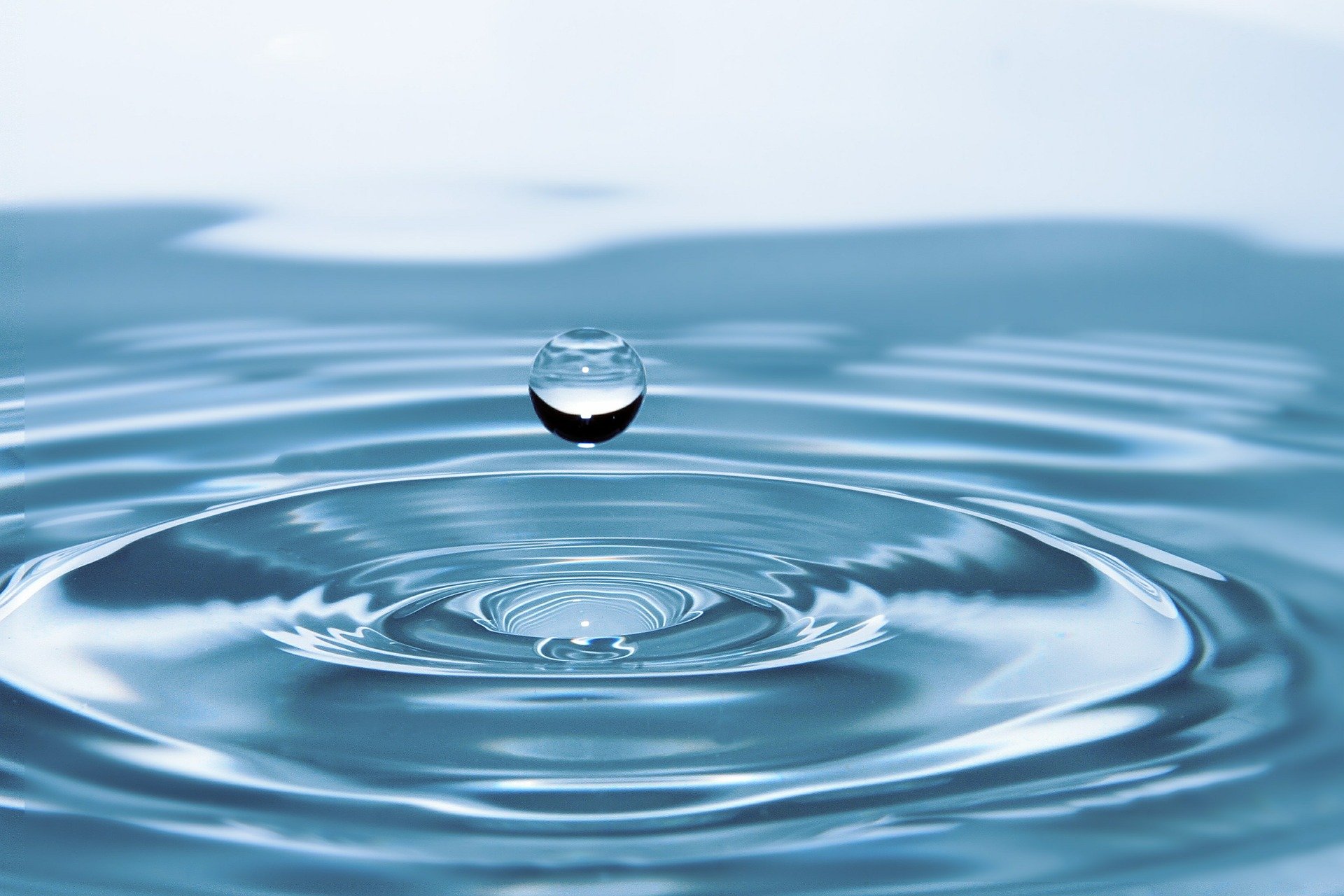There are many factors to consider when pumping powders with air operated diaphragm (AODD) pumps. While it takes a pump and process equipment specialist and experience in pumping processes to facilitate a smooth pump powder transfer, some view this application as an art rather than a science.
Industrial Processes Utilize a Myriad of Powder Types
There are a myriad of types of powders that are used in industrial processing and manufacturing applications. Some of the most common powder types used in various industrial processes include:
- Bentonite – used in sand-casting processes this is an impure type of clay that forms from weathering volcanic ash
- Fume Silica – often used as a thickener for resin manufacturing operations this features very low bulk density with high surface area
- Corn starch – used as a thickening agent for a variety of products such as hand lotion, this powder comes from the starch of corn kernels
- Sorbents – this is a powdery material that is used to absorb liquids or gases and to capture emissions from power plants
- Body filler – containing micro glass spheres, this liquid putty material made of polyester resins is used to manufacture products like automotive Bondo
- Diatomaceous earth – this white powder is derived from naturally occurring siliceous sedimentary rock and used in many filtration systems
These are just some of the most common examples of the diverse application uses for powder materials. It is critical to determine the best type of pumping technology to effectively transfer powders in any application. A series of trial tests are often the best way to ensure the pump is capable of meeting your powder pumping specifications. Consulting with the pump and process equipment specialist is the best way to understand your options and choose the best type of powder pump equipment.
Considerations for AODD Powder Transfer Pumps
There are many considerations when designing a powder pump transfer application, and AODD pumps are one of the best choices for moving powder materials. AODD pumps provide a closed-loop process to prevent fine dust and material from becoming airborne, which can cause worker health and safety issues or even act as a catalyst for explosions depending on the material and environment.
AODD pumps for powder transfer application offer many improvements over other manual and semi-automatic powder transfer methods although process engineers and operators must factor in a variety of considerations, which include:
Moisture – some powders are considered “hygroscopic” which means that they absorb moisture from the air. Excessively humid environments can adversely affect the process as these powders will clump up and become stuck in the pump, which can lead to damage to the pump shaft and components. The powder should not cake or clump when applied to pressure.
Be sure to use a covered discharge vessel – powder pumping processes should use a covered discharge vessel for a fully closed system to prevent powder from escaping into the atmosphere and causing a mess and safety issues.
Consider the shape of the powders being pumped – the general shape of powders should be a consideration as powders with square edges do not flow as well as powders with rounded edges. Crystals and flakes are generally not possible for powder-pumping processes.
Angle of repose – powders with a natural Angle of Repose of 25 Degrees or Less are ideal.
Consider the particle size – powders with a particle size less than 100μ (microns), approximately 150 mesh, are ideal for powder transfer pumping. Powders must be fine-grained and free-flowing to pump with AODD pumps.
Powders must be fluidized by compressed air – only powders that can be fluidized can be transferred with AODD pumps.
Low bulk density – the bulk density of the powder must be a consideration and should not exceed 500 gm/l. A lower flow rate and shorter conveying distance results in powders with higher bulk density.
Powder dryness – powders must be completely dry for powder transfer with AODD pumps.
If you are considering using an AODD pump for powder transfer processes, speak with the pump and process equipment specialists at Illinois Process Equipment, IPE.
IPE is an industry-leading pump and process equipment provider, differing from other pump providers with our vast technical expertise in many market segments. We offer quality pumps from the leading brands and comprehensive services to ensure process success with maximum efficiency. Contact us to learn more about the most important considerations for powder transfer processes with AODD pumps.



